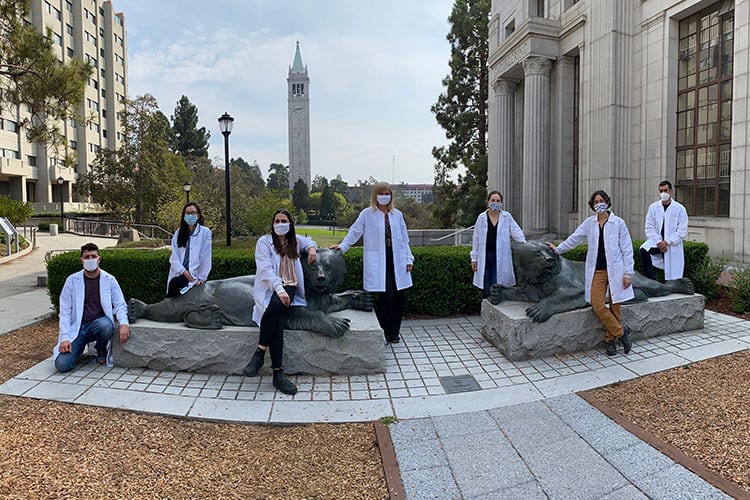Detecting COVID Through Wastewater
What exactly is wastewater? It is the water and sewage from toilets, tubs, showers, sinks, and appliances (washers, dishwashers, etc.) that flows down the drain into the sewer pipes. This article examines how wastewater is being used for COVID virus detection.
Early COVID Virus Detection Using Wastewater Samples
In 2020, scientists and wastewater treatment professionals found ways to develop a COVID virus early detection system using wastewater. Turns out that the COVID virus infects humans’ intestines and is shed in feces before other COVID symptoms appear. Since bleach is added to wastewater as a disinfectant and to control odor, the COVID virus dies. However, the COVID RNA (gene copies) remain in the wastewater. By sampling wastewater collected from sewer pipes outside of a building or at a wastewater treatment facility, the samples can be screened for the COVID RNA cells with a process that uses table salt. This process typically detects COVID RNA cells about a week prior to people displaying other COVID symptoms. It is also able to detect different virus strains as the COVID RNA mutates.
Using wastewater for detecting the COVID virus provides an early indicator of where and how fast the virus is spreading or receding over time. It is inherently a pooled sample and thus provides a more comprehensive picture for a targeted wastewater testing area vs. individual COVID testing. Early COVID detection, by testing wastewater near high density residences, enables a more rapid response to conduct individual level testing, tracing, and isolation. Earlier detection, intervention and isolation helps slow the spread of COVID.
Data collected from sewer sheds and wastewater treatment plant samples helps identify COVID hot spots. Scientists also input this data into geo-spatial prediction models to understand how rapidly the disease is spreading around the world. These models help forecast the impact on hospital and ICU resources. All this information helps government officials make decisions about relaxing/strengthening shelter in place orders, including protocols for closing/re-opening businesses and schools, as well as travel advisories/requirements. Overall, it is proving to be an efficient way to confirm low COVID prevalence and inform decision making.
To learn more, watch Wastewater as a COVID Resource, presented by Professor Kara Nelson at SSV WaterPalooza! (2020). Ms. Nelson is a UC Berkeley professor of Civil and Environmental Engineering
